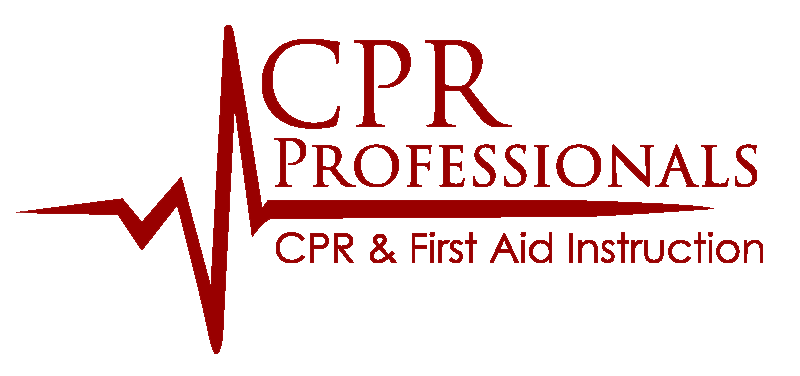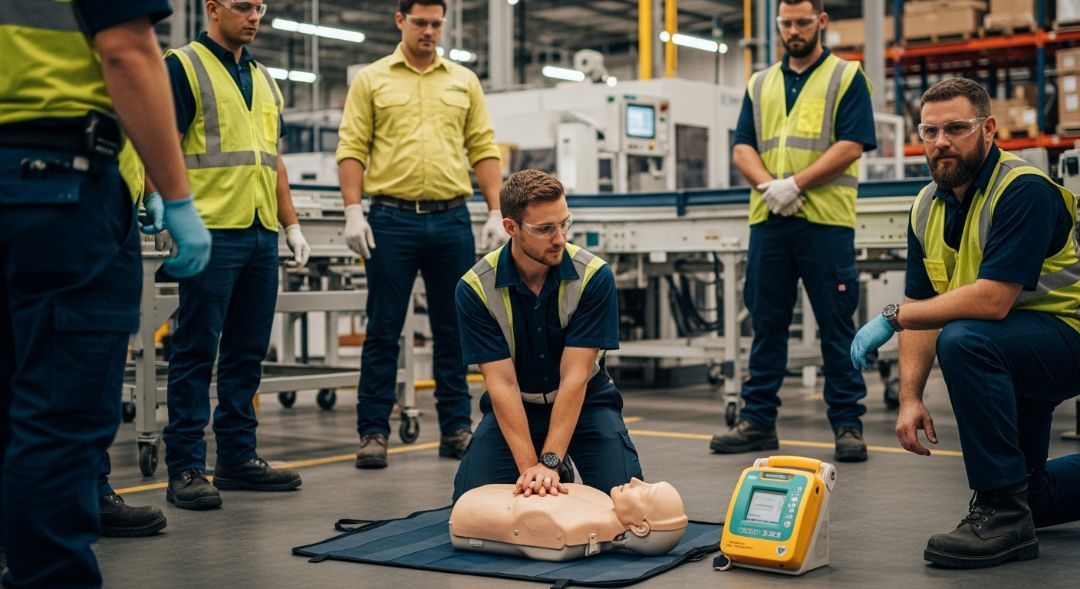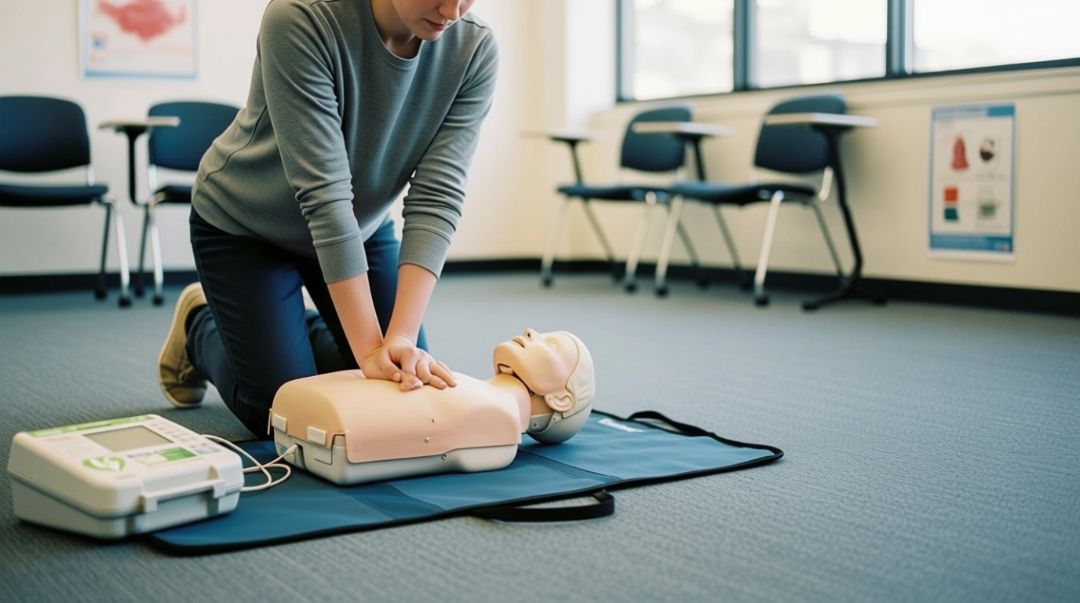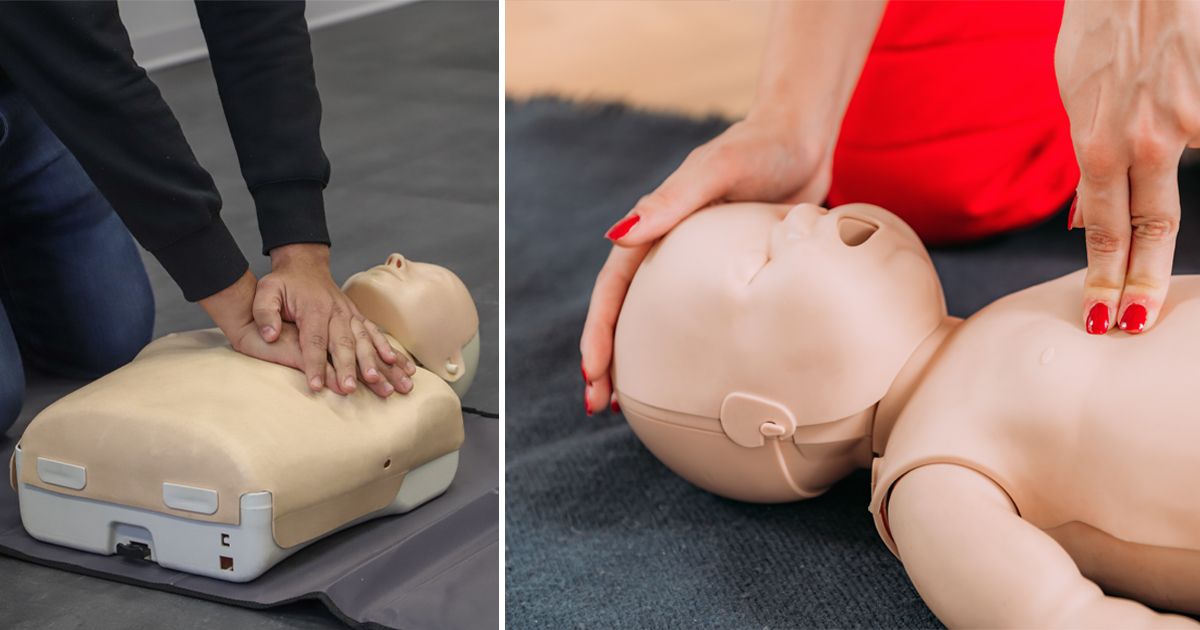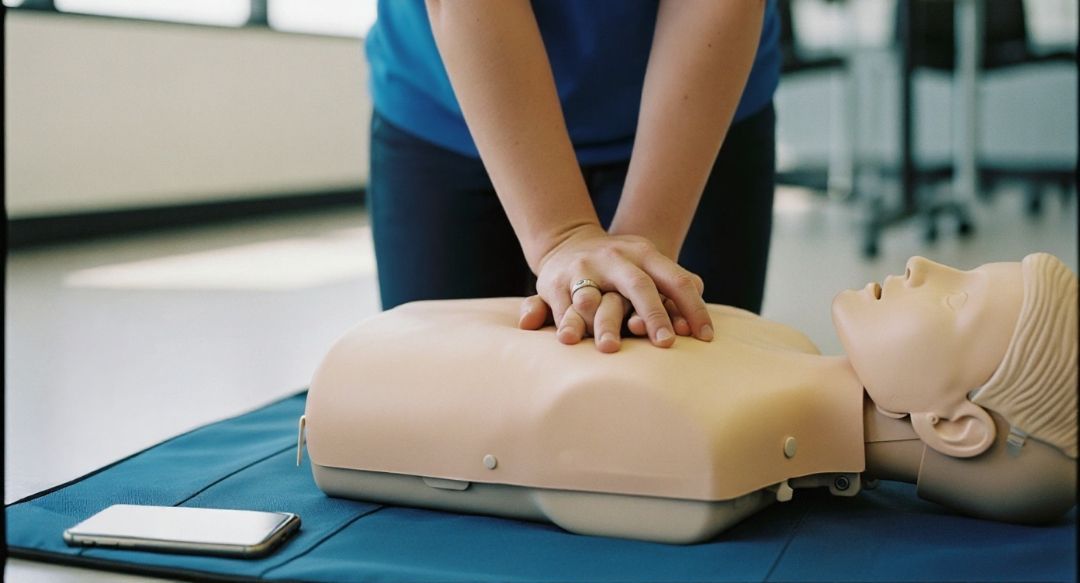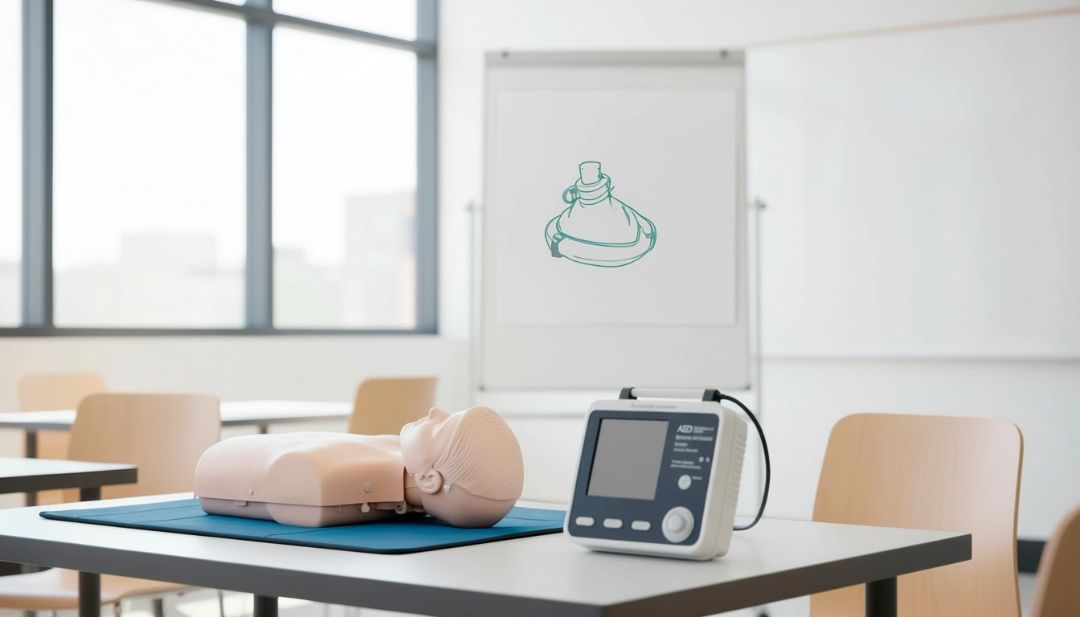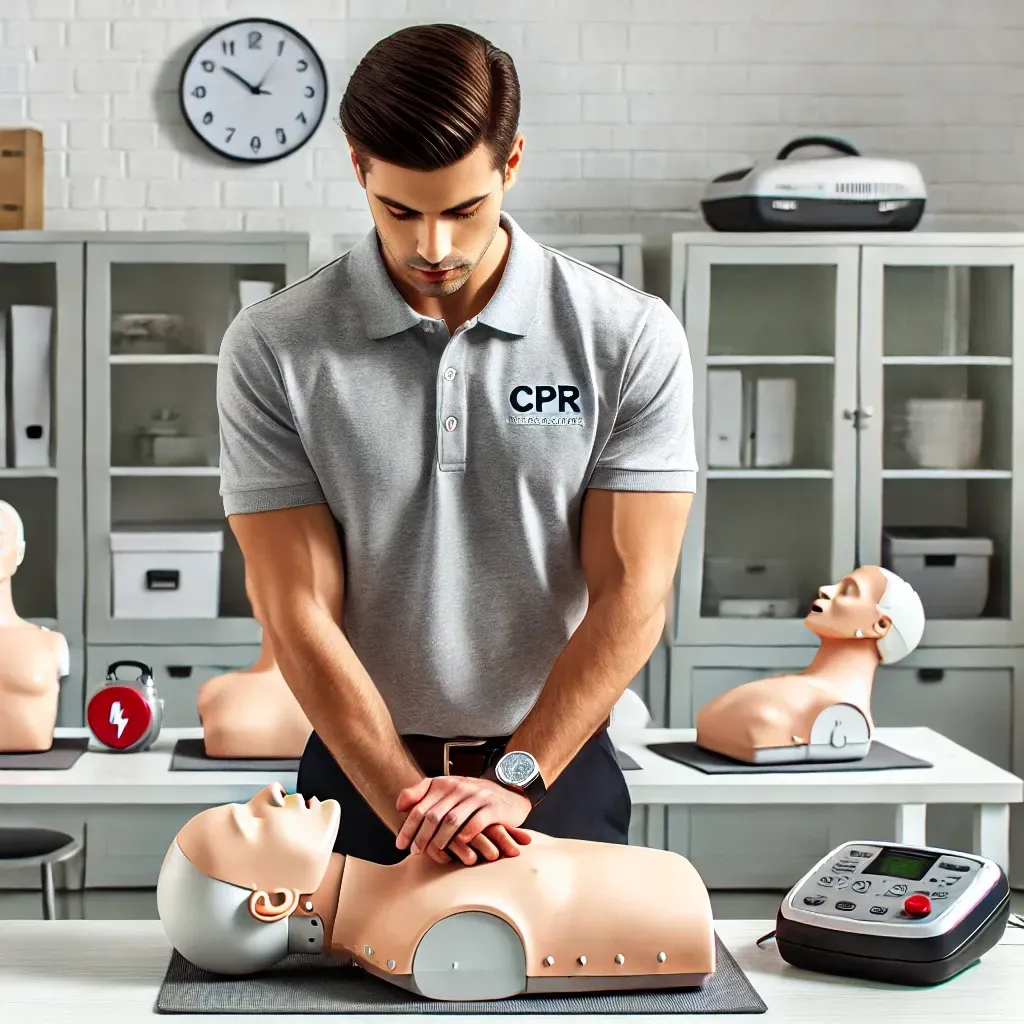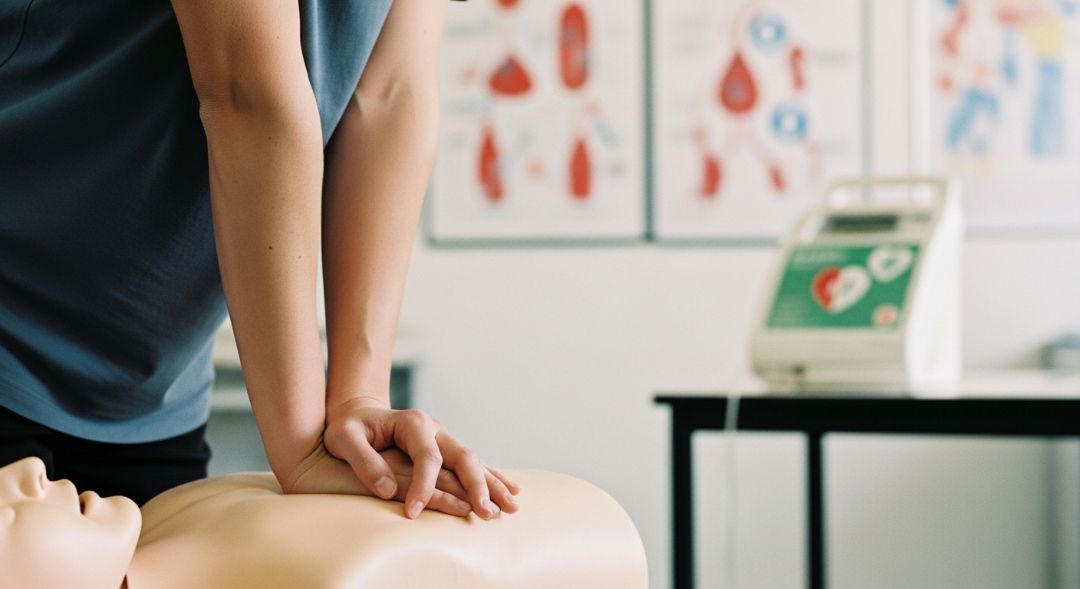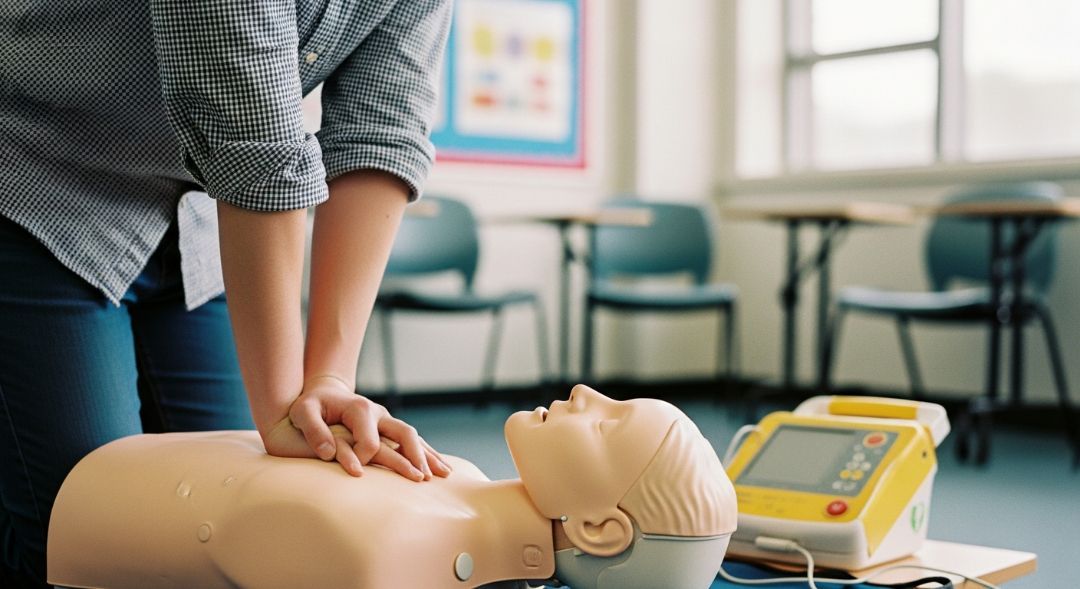On-Site First Aid, CPR, and AED Classes for Construction & Contracting Companies
TLDR;
Construction companies need
on-site First Aid, CPR, and AED training to meet OSHA rules and keep workers safe. CPR Professionals delivers certified classes at your job site so your crew is prepared and your business stays compliant.
Why Your Construction Crew Needs On-Site Training
Accidents happen fast on construction sites. Heavy equipment, electrical work, and high places all bring serious risks. Federal safety rules require trained responders at every job site. On-site First Aid, CPR, and AED training makes sure your workers know what to do in an emergency and your company avoids penalties.
Benefits of on-site training:
- Fits into your schedule without sending workers off site.
- Teaches skills in the real environment where emergencies could happen.
- Focuses on common construction accidents like falls, burns, and equipment injuries.
- Meets OSHA safety requirements.
OSHA Safety Rules Explained
OSHA has clear rules about medical help on job sites.
One important rule is called 29 CFR 1926.50(c). It says that if a job site is not close to a hospital or clinic, at least one worker must be trained in first aid and be on site while work is happening. Employers also need to provide the right first aid supplies.
In simple terms, this means:
- You cannot run a construction site without a trained first aid responder.
- Proper equipment and first aid kits must be available at all times.
CPR Professionals helps companies meet these requirements with certified training that is recognized across the industry.
What Workers Learn in First Aid Training
On-site First Aid training covers the injuries and emergencies construction workers are most likely to face.
Your team learns how to handle:
- Heavy bleeding and cuts
- Burns from equipment or chemicals
- Broken bones or crush injuries
- Electrical shock
- Heat exhaustion and heat stroke
- Breathing problems or choking
- Eye injuries
- Blood exposure safety
The training teaches workers how to stay calm, assess the situation, call for help, and take the right steps until emergency services arrive.
CPR and AED Training for Construction Sites
Heart emergencies can happen anywhere, including job sites. Knowing CPR and how to use an Automated External Defibrillator (AED) can make the difference between being prepared or unprepared.
With on-site CPR and AED training, your workers will:
- Practice chest compressions on training mannequins.
- Learn how to use an AED step by step.
- Understand where to place AEDs on your site for quick access.
- Get trained on adult CPR, and child or infant CPR if needed.
CPR Professionals instructors use real scenarios to make sure your team is confident with the skills they need. Their
CPR and AED courses for industrial teams are designed to meet the fast-paced, high-risk conditions found on job sites, giving your crew practical skills they can apply immediately if an emergency strikes.
Training That Matches Real Job Hazards
Every job site is different. On-site training makes it possible to match lessons to your real risks.
Examples of construction scenarios covered in training:
- A fall from a ladder or scaffolding
- An equipment rollover or crush injury
- Electrical shock from tools or wiring
- Heavy bleeding from saw or machinery accidents
- Collapse in a trench or confined space
By practicing with examples from your work, the training sticks and becomes second nature to your crew.
Different Training Options
Companies can choose the type of training that works best for them:
- On-site training: The trainer comes to your location and teaches everyone at once.
- Hybrid training: Part of the course is online, then workers finish with hands-on training in person.
- Public classes: Workers go to a training center, though this does not focus on your specific job site.
Most contractors prefer on-site classes because they are easier to schedule and more relevant to the work.
Keeping Certifications Up to Date
First Aid, CPR, and AED certifications are valid for two years. Workers need to refresh their training regularly so they do not forget the skills.
Best practices:
- Schedule new classes before certifications expire.
- Keep a log of who is trained and when renewal is needed.
- Run quick practice drills during the year to keep skills sharp.
- Train new hires right away.
Custom Training for Contractors
Generic training does not always prepare workers for construction hazards. CPR Professionals adapts classes to your needs.
Examples of custom topics:
- Tourniquet training for serious bleeding
- Awareness for handling blood exposure
- AED placement planning for large or spread-out job sites
This flexibility makes sure your team gets the exact training that fits your projects.
AED Placement on Job Sites
AEDs need to be easy to find and use. A good plan makes a difference.
Key steps:
- Place AEDs within a three-minute walk from all areas.
- Store AEDs where they are visible and not blocked by equipment.
- Make sure all workers know the AED locations.
- Check batteries and pads regularly so the devices are always ready.
Cost vs. Value of On-Site Training
Some companies worry about cost, but training usually saves money in the long run.
If you're comparing CPR class and certification costs, it's important to consider what you're actually getting on-site convenience, job-specific training, OSHA compliance, and peace of mind. The value includes:
The value includes:
- Fewer delays during emergencies
- Reduced legal and safety risks
- Group discounts for larger crews
- Higher worker confidence and loyalty
In addition to certified training, many contractors also invest in high-quality emergency gear. A trusted resource like
Rapid Rescue Kits provides ready-to-use trauma and response kits that complement CPR and First Aid training, giving crews immediate tools to act before EMS arrives.
Building a Safety-First Work Culture
Training is not just about passing a class. It is about building a workplace where safety is part of the daily routine.
When workers know their employer invests in safety:
- They trust management more.
- They feel more confident on the job.
- They are less likely to leave for another company.
- They work with safety in mind every day.
Step-by-Step Guide to Starting On-Site Training
- Review the hazards at your job site.
- Contact
CPR Professionals to plan a course.
- Pick modules that cover your real risks.
- Choose a date and time that works for your crew.
- Train your entire team together.
- Hand out certifications after class.
- Track renewals and plan refreshers.
How to Choose a Training Partner
Not all training providers are equal. Look for:
- Instructors with real emergency response experience.
- Experience with construction-specific training.
- Flexible schedules and on-site delivery.
- Systems to track who is certified.
CPR Professionals meets all of these standards and focuses on the needs of construction and contracting companies.
Staying Prepared Over Time
Training is the first step. Staying prepared requires a system.
Keep your site ready by:
- Updating first aid kits and AEDs
- Running practice drills
- Refreshing skills with short talks on site
- Watching for OSHA updates
Along with keeping training current, it’s important to check your safety supplies. Items in first aid or trauma kits don’t last forever. If you’ve ever wondered do emergency kits expire, this guide explains what to look for and when replacements are needed.
Preparing for the Future of Construction Safety
Safety training continues to grow with new risks and new tools. From better protective gear to improved AED technology, companies that stay ahead with training are safer and more compliant.
Certified Training That Delivers Compliance and Confidence
On-site First Aid, CPR, and AED classes for construction and contracting companies are not optional. They are required by OSHA and essential for worker safety. CPR Professionals delivers certified training recognized by AHA, helping your company meet safety rules and build a culture of trust and preparedness.
